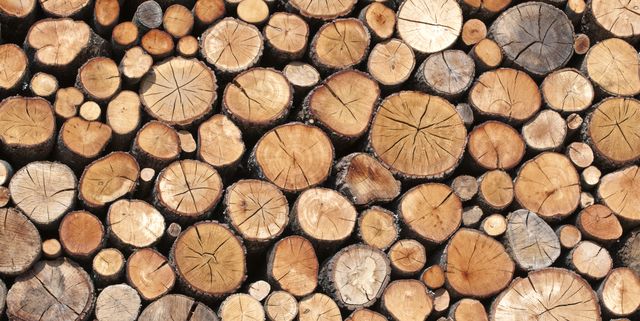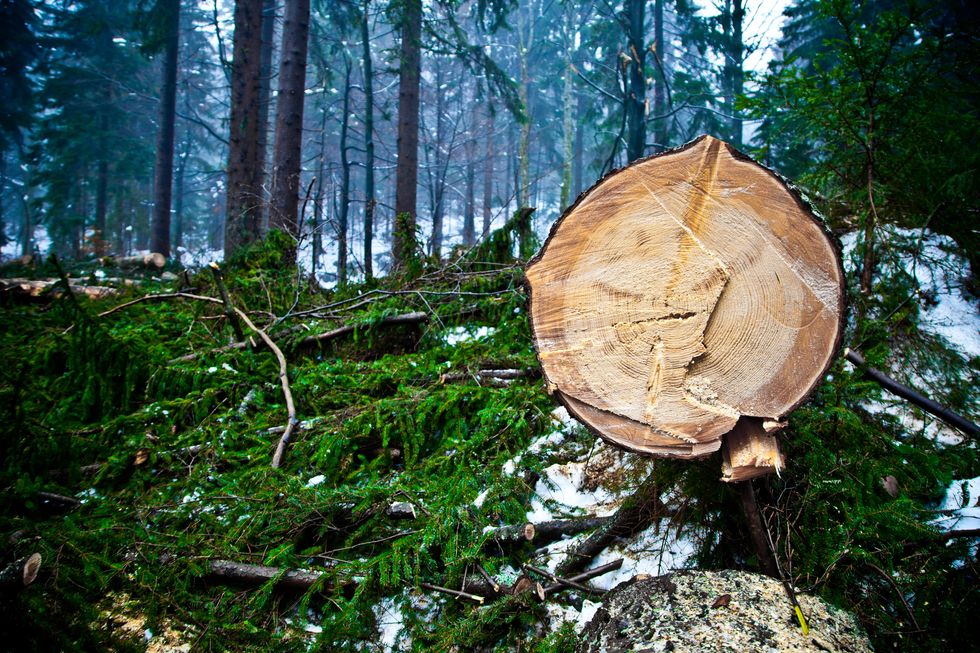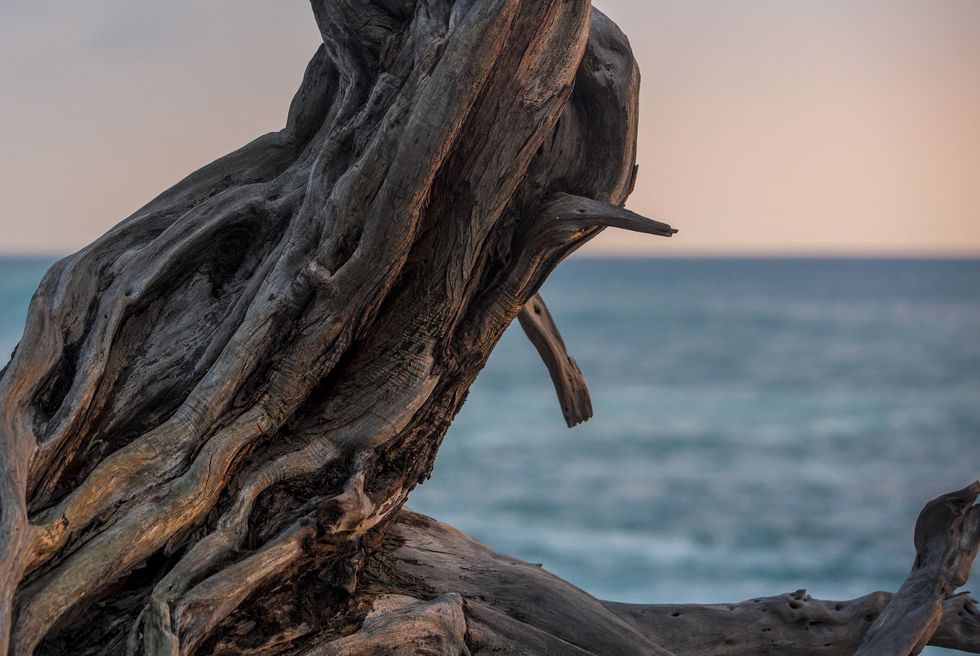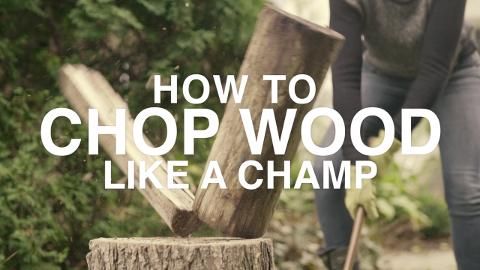So you have a new wood stove or outdoor fire pit you’re planning to put to use. Or maybe you’d like to toast marshmallows on that camping trip you’ve been planning? Either way, if you’re building a wood fire, it’s important to remember that not every piece of timber makes good fuel.
You may already know not to burn trash like coated, painted, or pressure-treated wood. Doing so can release toxic or harmful chemicals into the air, according to the Environmental Protection Agency. But even when choosing between two logs, there are greener (and less green) options out there. Here are some tips on firewood NOT to buy.
Note: None of the advice below applies to the netting- or plastic-wrapped bundles of firewood sold in stores and marked kiln-dried or heat-treated. If you only need a little wood, bagged commercial firewood is often a good and safe choice as the high-quality hardwood will burn hot and clean.
Green Wood
When a living tree is cut down, the timber needs to age or "season" for a minimum of six to nine months before burning. Freshly cut wood, called green wood, is loaded with sap (mostly water) and needs to dry out first. It’s hard to light and once you get it going, it burns very efficiently and smokes horribly.
If you’re unsure if the wood is green, ask the seller when it was cut. You can also check the bark: firmly attached bark that’s still sticky with sap when you nick it is a bad sign.
Big Wood
Don’t buy firewood that's too long to fit easily inside your fireplace or fire pit. If it’s more than 5 inches in diameter, you will need to recut or split it before you can using. The work is great exercise, but if you just want a quick fire, it’s definitely a drag.
Non-Local Wood
If you live in, or are visiting an area currently affected by invasive wood pests, ask the seller where the wood was cut. If it was cut or stored more than even a few miles away, you should leave the firewood where it is and keep looking.
According to Leigh Greenwood, campaign manager for the Don’t Move Firewood Campaign, firewood that travels too far is the number one way that invasive insects and diseases rapidly spread. Those species include the emerald ash borer, the Asian longhorned beetle, and the goldspotted oak borer.
Though the pests travel slowly on their own, moving an infected log can put new forests at risk and undermine conservation efforts. Millions of trees and thousands of acres of forest have been seriously damaged or even killed by these non-native pests.
New outbreaks almost always originate in or near public campgrounds or link back to a homeowner who bought firewood from an infested area. David Adkins, an inspection manager with the Ohio Department of Agriculture, says that if you have any suspicions, buy only enough for a single fire and follow the "use it all, burn it all" rule.
"Don’t leave questionable wood lying around, and certainly don’t take any home with you from a distant campground," he says. If you’re not sure whether your area or nearby areas are affected, contact your state’s Department of Agriculture or visit Don't Move Firewood to find out.
Soft Wood
Ask the seller what kind of wood it is. Trees like pines, firs, or cypress have "soft" wood, which burns fast, leaves few coals, and makes a lot of smoke that can coat your chimney with soot (not a safe thing in the long run). Seasoned softwood is okay for outdoor fires, but you may want to avoid it if a fireplace is involved or you want a long-lasting fire or coals to cook over.
Driftwood
Burning salt-saturated driftwood is a bad idea as it can release toxic or harmful chemicals when burned, according to the EPA. It’s probably safer to use your beach finds for decor and mounted planters instead.
Poisons
Watch out for any wood covered with vines. Burning poison ivy, poison sumac, poison oak, or pretty much anything else with "poison" in the name releases the irritant oil urushiol into the smoke. Breathing it in can cause lung irritation and severe allergic respiratory problems, the Centers for Disease Control state.
Oleander
Oleander shrubs thrive in frost-free climates and every part of it is toxic. Definitely don’t burn it, and don’t even use a branch to toast your marshmallow on.
Endangered Species
Blue ash, American chestnut, the Kentucky coffee tree: There are more than 20 endangered species of native trees in North America, and by their very rareness you're unlikely to find any in a batch of firewood for sale. However, you should double check this list before chopping anything down yourself.















